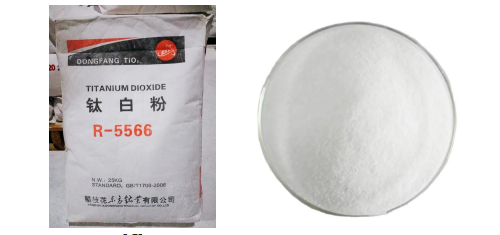
Dec . 03, 2024 18:22 Back to list
Lithopone Formulation and Supply Options for Industrial Applications
Understanding Lithopone Formula and Suppliers
Lithopone is a white inorganic pigment that is used extensively in various industries, primarily in the production of paints, coatings, plastics, and other materials. This article will explore the chemical formula of lithopone, its applications, and some key suppliers in the market.
What is Lithopone?
Lithopone is a mixture of zinc sulfide (ZnS) and barium sulfate (BaSO4). It is primarily known for its excellent opacity, durability, and stability under different environmental conditions. Lithopone was first developed in the late 19th century as a less toxic alternative to lead-based white pigments, such as lead carbonate and lead oxide. The widespread use of lithopone can be attributed to its non-toxic nature, which has made it a preferred choice in many applications where safety and environmental concerns are paramount.
Chemical Formula of Lithopone
The typical chemical formula of lithopone can be represented as
\[ \text{ZnS} \cdot \text{BaSO}_4 \]
This formula denotes that lithopone is commonly found as a composite of zinc sulfide and barium sulfate, with the proportions varying depending on the specific application and desired properties of the pigment. In its commercial form, lithopone is usually produced as a finely ground powder, which enhances its dispersibility and effectiveness as a pigment.
Applications of Lithopone
Lithopone finds a wide array of applications across various industries
1. Paints and Coatings Lithopone is primarily used in the formulation of white paints and coatings due to its high covering power and good opacity. It is especially beneficial in outdoor applications where durability is crucial.
2. Plastics In the plastic industry, lithopone is employed as a filler and whitening agent. It enhances the aesthetic appeal of plastic products while also improving their durability.
lithopone formula supplier

3. Rubber Industry Lithopone is used as an additive in rubber formulations, where it acts as a reinforcing filler. Its inert nature contributes to the long-term stability of rubber products.
5. Cosmetics Some cosmetic formulations incorporate lithopone due to its non-toxic properties and ability to provide a smooth, matte finish.
Key Suppliers of Lithopone
Finding a reliable supplier of lithopone is crucial for manufacturers looking to incorporate this pigment into their products. Here are some notable suppliers in the market
1. Kronos Worldwide, Inc. A leading manufacturer of titanium dioxide pigments, Kronos also produces lithopone for various applications, ensuring high quality and performance in their products.
2. Ferro Corporation Known for its advanced materials, Ferro produces a range of pigments, including lithopone, catering to diverse industries such as ceramics, glass, and coatings.
3. The Chemours Company Chemours, famous for its production of TiO2, also supplies lithopone and other specialty chemicals, emphasizing sustainability and innovation.
4. M. H. B. A. Group This organization focuses on providing high-quality pigments and chemicals, including lithopone, to meet the diverse needs of various sectors.
5. BASF A global leader in chemicals, BASF manufactures a variety of pigments and fillers, including lithopone, emphasizing quality, safety, and performance.
Conclusion
Lithopone is a versatile, non-toxic pigment that offers numerous advantages in various industries. Its chemical formula, primarily a mixture of zinc sulfide and barium sulfate, provides valuable properties such as opacity, stability, and durability. With applications ranging from paints and coatings to rubber and plastics, lithopone continues to be an essential component in modern manufacturing. Suppliers like Kronos, Ferro, Chemours, M. H. B. A. Group, and BASF are integral to ensuring the availability of this vital pigment, supporting industries in their quest for high-quality materials. As regulatory environments progress and sustainable practices gain momentum, the role of lithopone is likely to expand, solidifying its position as a key player in the pigment market.
-
Premium 6618 Titanium Dioxide for GPT-4 Turbo Applications
NewsJul.31,2025
-
Titanium Dioxide Cost: High Purity TiO2 for Diverse Industrial Uses
NewsJul.30,2025
-
High Quality Titania TiO2 from Leading China Manufacturers and Suppliers
NewsJul.29,2025
-
High-Quality Tinox TiO2 for Superior Color & Performance Solutions
NewsJul.29,2025
-
High Quality Titania TiO2 from Leading China Supplier & Manufacturer
NewsJul.29,2025
-
High-Performance r6618 TiO2 for Superior Whitening and Versatility
NewsJul.28,2025
